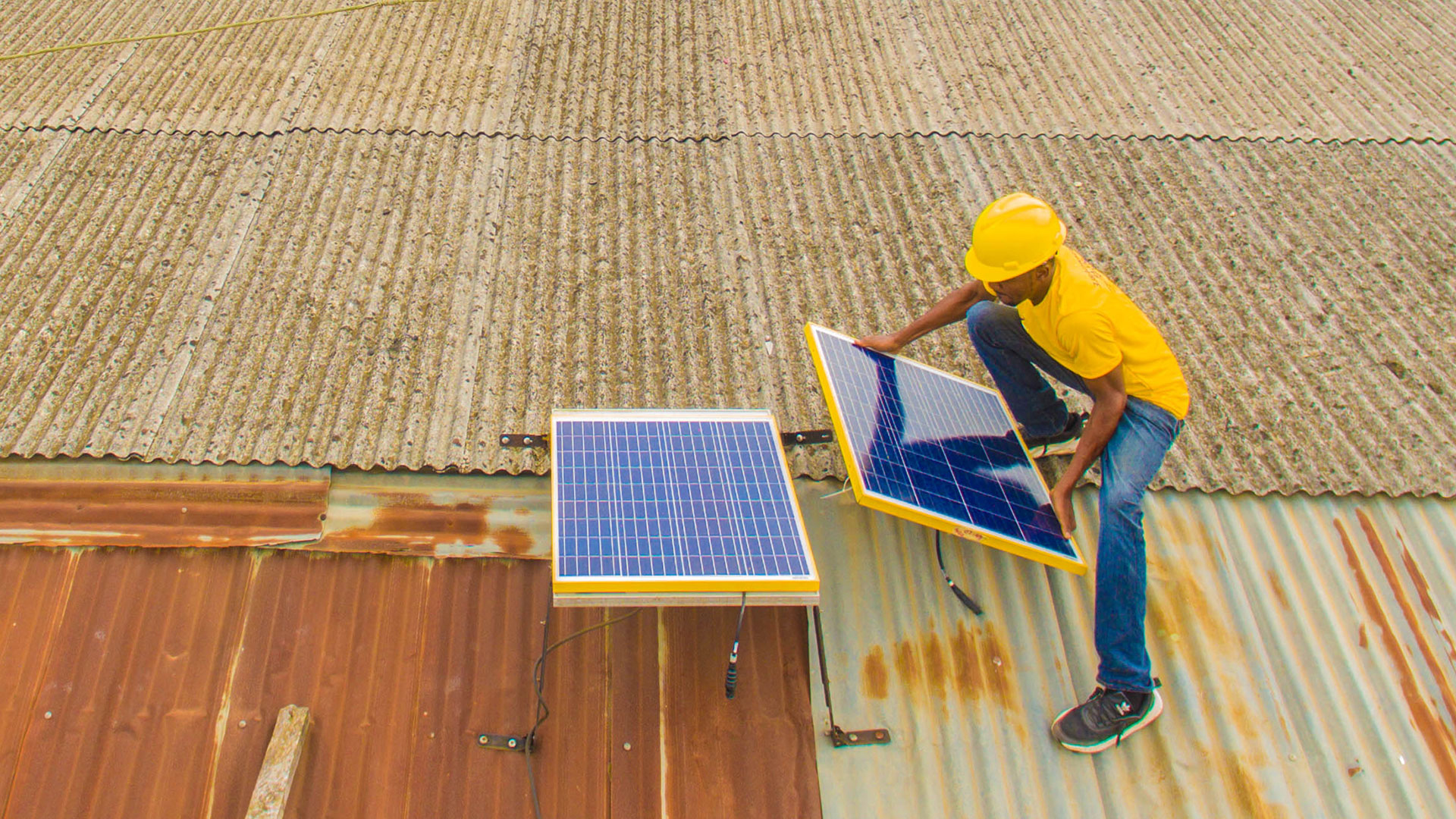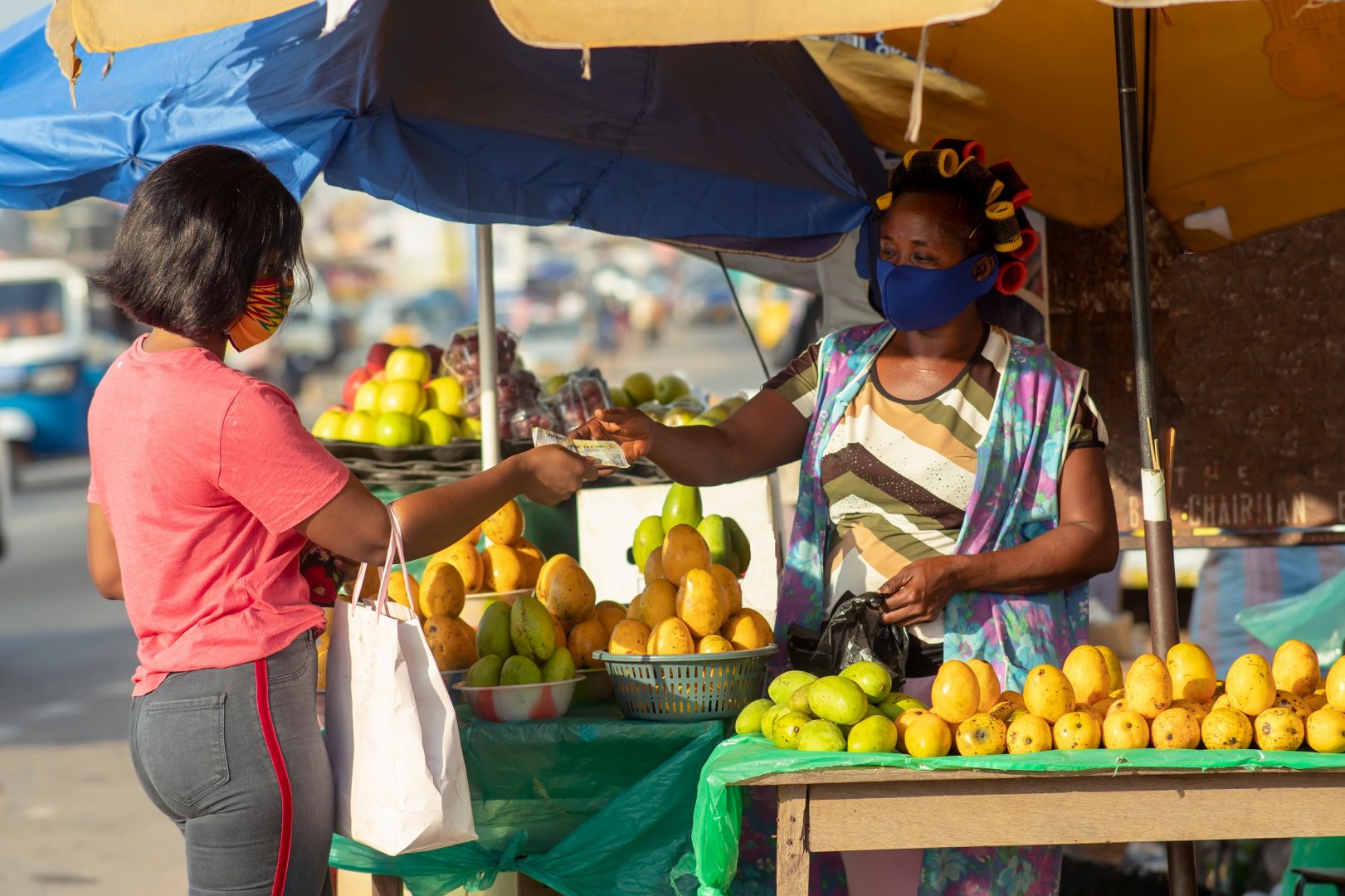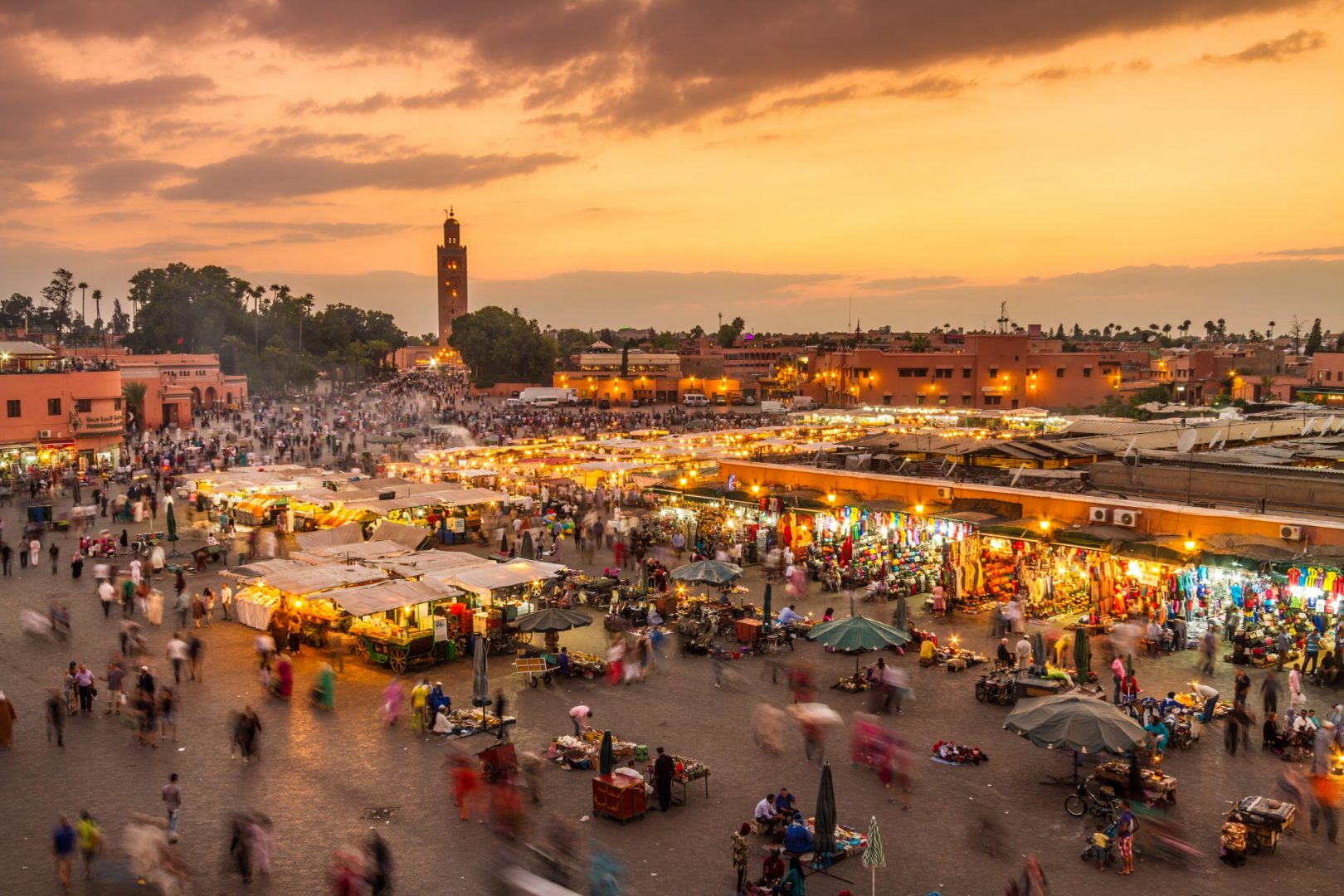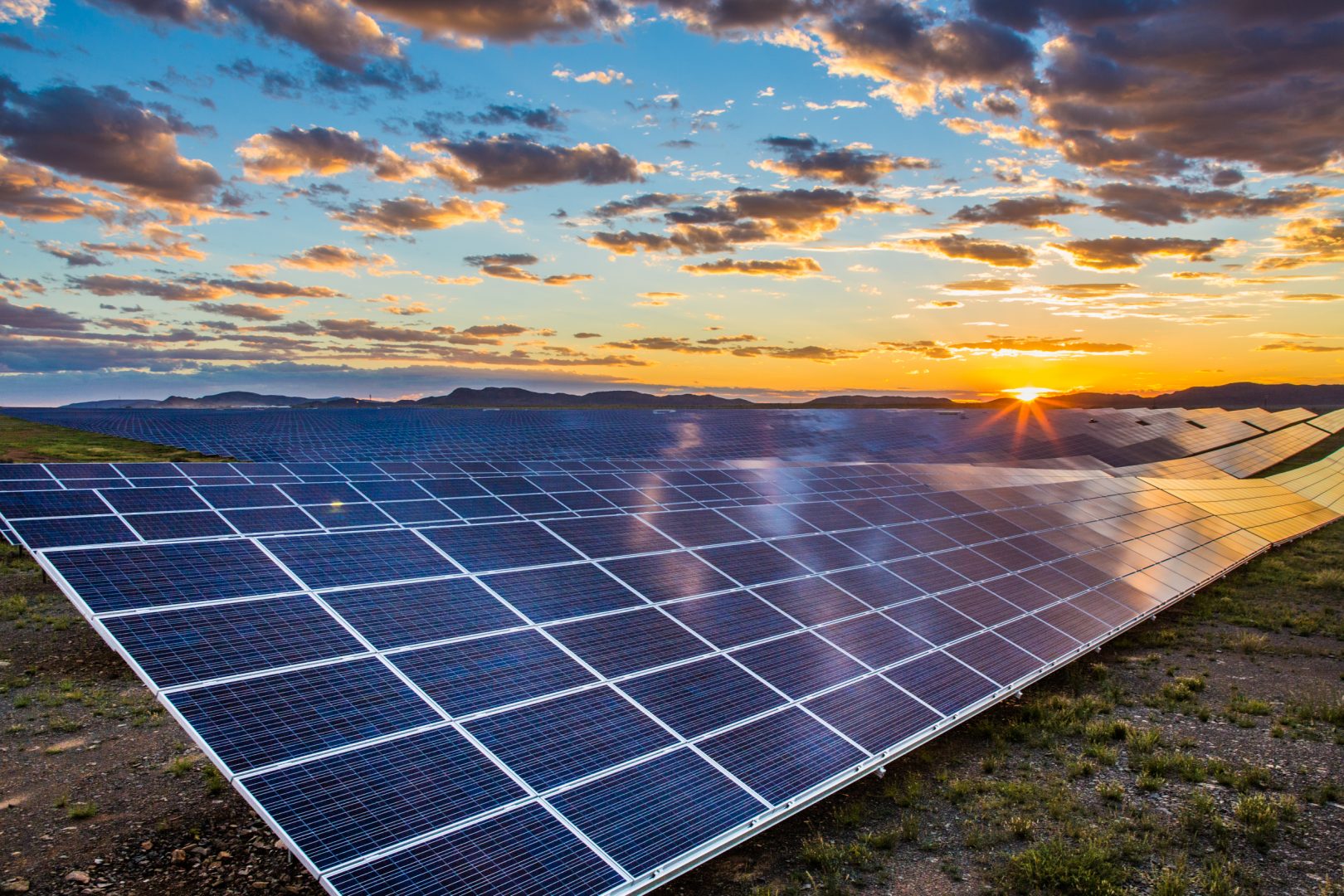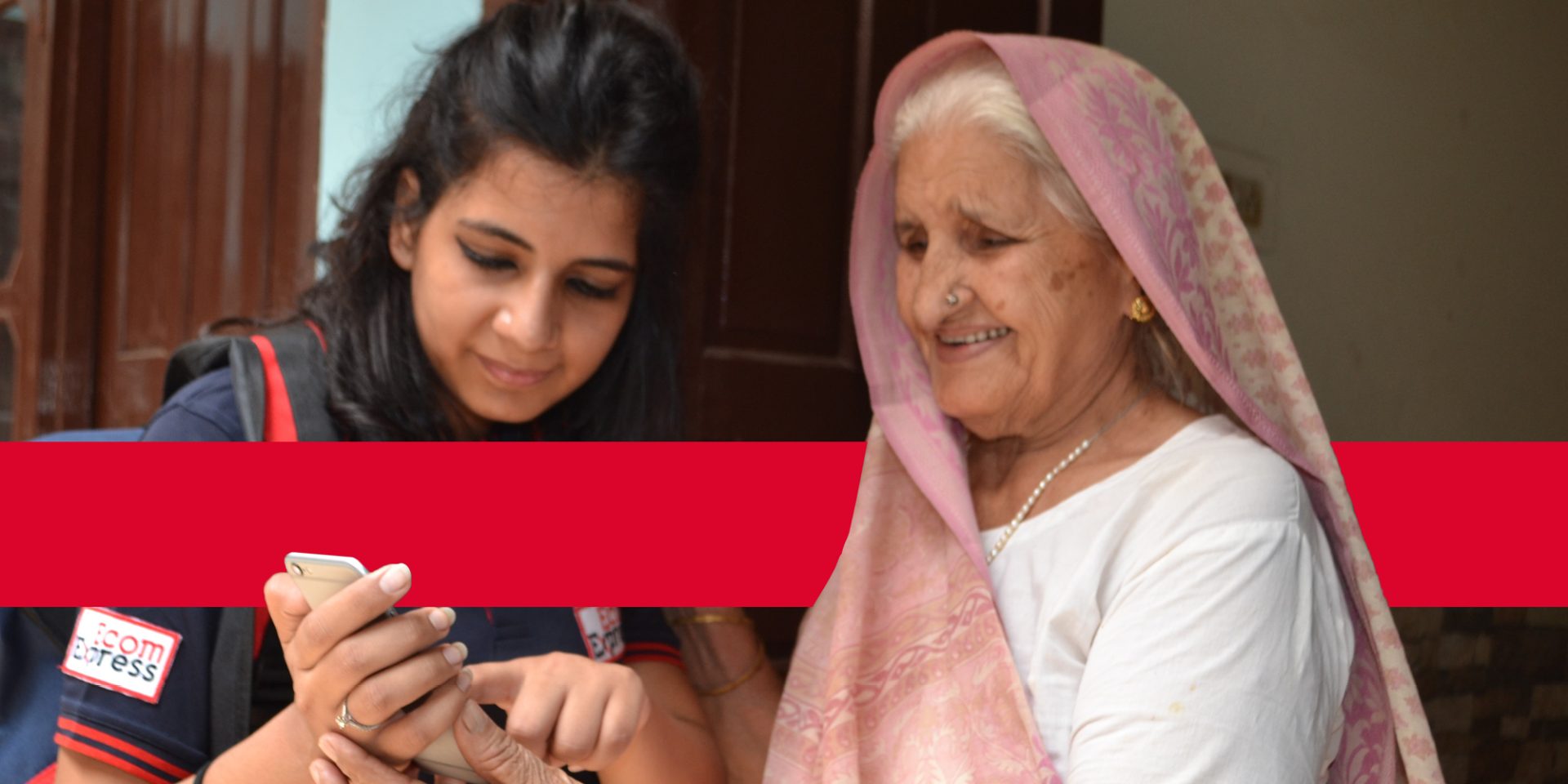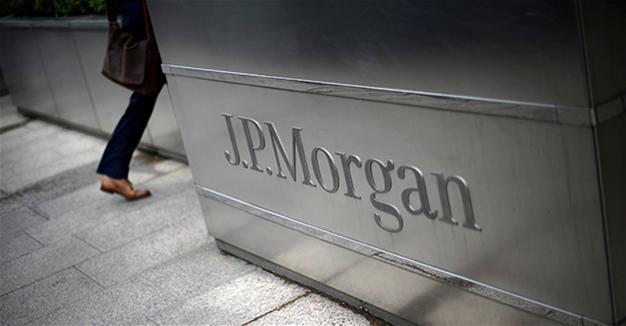As an impact investor, we invest our money in companies and projects we think will have the greatest impact in our focus countries. There are different views about the size of investments development finance institutions should make to achieve that impact. Some think we should focus on investing at scale to mobilise billions of private capital; others think we should focus exclusively on smaller direct investments in fragile states.
At BII, our view is that we should be a partner for countries as they progress through different stages of economic development, and that means tailoring our offer to meet countries’ differing needs.
Take a country like the Democratic Republic of the Congo. The lack of economic development within the country means that while deal sizes are very small, there is an undeniable and often urgent need for capital. However, mobilisation – where we bring in other investors alongside us – is almost impossible. Contrast this to a country like South Africa or India, where there is a greater ability to work at scale.
In other words, what we look for and what we contribute varies over time and by country. Of course, this brings complexity. It means we need to provide capital at both ends of spectrum and as a result, our investments range from a million dollars at one end to hundreds of million dollars at the other.
At the smaller end of the spectrum, the reality is we cannot make hundreds of small investments directly from London, so we work with partners who subscribe to our impact approach. For example, through our fund investments, we have invested $1 billion in over 430 small and medium-sized enterprises (SMEs). In 2020, a third of our new investments into businesses via funds were under $1 million per business.
At the other end of the spectrum we have our largest investments. For example in 2018, we invested $180 million into Liquid Telecom, the largest provider of internet fibre cable and cloud storage in Africa, to accelerate Liquid’s expansion along its Cape-to-Cairo route and further into Central and Western Africa. We’ve since invested a further $40 million. To date, Liquid has laid over 70,000 kilometres of cable across the continent. The impact case for our investment, and the scale of the need, was clear. The World Bank estimates that a 10 per cent growth in people connected to the internet leads to GDP growth of 1.38 per cent.
Let’s take each end of the spectrum in turn.
How do you make sure your money reaches SMEs and local businesses in your markets?
For an investor like BII, reaching SMEs can be a challenge. Often the size of investments we make (typically $10 million or more) are too large for these businesses. But we also know they play a critical role in the economic development of their countries and often have the potential to grow further and create significant impact.
That’s why we commit capital though what we call ‘intermediated investments’ – predominantly investments into funds. These funds, usually based in-market, invest our money in much smaller quantities into businesses in our markets. We work with fund managers to support their portfolios and ensure that the companies they commit to meet our investment and impact criteria.
One example is our investment in two SME-focused funds, the Ascent Rift Valley Funds. Both focus on providing finance to fast-growing and scalable small businesses in East Africa. SMEs generate around 90 per cent of all business activity in the region and are the key to economic growth and increased employment.
In some cases, as part of our ‘Venture Capital Scale-Up’ programme, we make smaller investments directly into early-stage companies that use technology and innovative business models to achieve impact. Recent examples include CropIn, an Indian-based specialist in software for agribusiness providing services to 4 million farmers, and mPharma, a company using data and technology to help make the medicine supply chain more efficient and reduce the costs of medicines.
Another way we reach smaller, local businesses is through banks. On one hand, this can mean funding work so that banks can better support their SME customers. In Pakistan, HBL provides life-changing financial services like micro-credit so people can build their own businesses. HBL’s women-only banking platform, HBL Nisa, has provided tens of thousands of female micro-entrepreneurs with business loans and support for their start-ups.
We also partner with banks on ‘risk-sharing facilities’ to enable local businesses in developing countries to continue to trade, so they can support jobs and economies. These businesses often struggle to import goods as international suppliers want a formal guarantee that local importers will be able to pay for the goods. Local banks provide guarantees to suppliers that they will cover the cost of the goods if the local importer cannot. These guarantees are then confirmed by a second, larger, bank which takes on the financial risk of the smaller, local bank. But sometimes banks can’t take on this risk, and this is where BII comes in. Through our risk-sharing facilities we split the risk of non-payment with partner banks. It’s a simple but effective tool and it means we’re able to reach smaller businesses to meet their urgent needs. The average guarantee we provided in 2020 was $1.2 million. And the smallest trade supported was just $6.
However, banks are not the only financial institutions providing loans to SME customers. Non-bank lenders also have a critical role to play in ensuring access to finance for smaller businesses, which can sometimes be too small for commercial banks, and too large for personal microfinance. One example in our portfolio is Veritas in India, which specialises in providing loans to SMEs and first-time borrowers, and so far has provided loans to over 50,000 businesses.
How do you operate at scale?
As well as smaller business which need capital, in many of the countries where we invest there are sectors that are underdeveloped. They require large injections of capital to help build a whole market or develop a particular area of a market. For example, in some sectors, services cannot be accessed by the most vulnerable or do not meet their needs. Through our Catalyst Strategies portfolio we aim to shape markets, because we think we can achieve the most transformative impact when our investments change other business and investor behaviour, so that the impact is multiplied and more far reaching.
In some cases, there is no existing business for us to invest into. This is when we invest in and build our own platforms. For example, MedAccess is a social finance company set up by BII to respond to the challenge that the cost of life-saving medical supplies is often prohibitively high across Africa and South Asia, denying patients the treatments they need. The company is tackling this challenge through innovative finance tools, such as volume guarantees, to reduce commercial risk and allow medical manufacturers to accelerate supplies to markets at affordable and sustainable prices.
Other platforms we’ve established include Ayana, a renewable energy company in India we set up from scratch with the aim of increasing the supply of reliable and clean electricity. To date, it’s committed over $150 million, raised another $600 million, and its projects are currently producing over a gigawatt of clean energy.
Finally, sometimes we may embark on larger investments where we see the potential for significantly transformational impact. For example, we’re part of the consortium which has won the right to operate a mobile licence in Ethiopia. The investment will see us join with Safaricom and others to deliver affordable and high-quality internet access for tens of millions of people, which will in turn significantly boost the economy through GDP growth. We are also focused on driving social inclusion through our investment, ensuring the provision of services to the most underserved, so that millions of people have access to digital health, agriculture, education and skills services for the first time.

